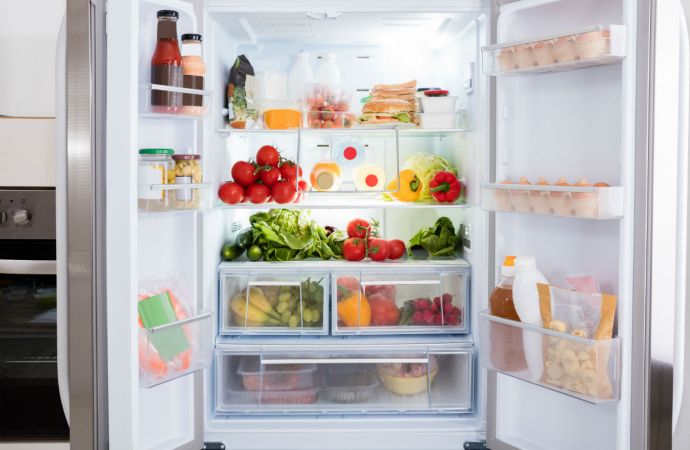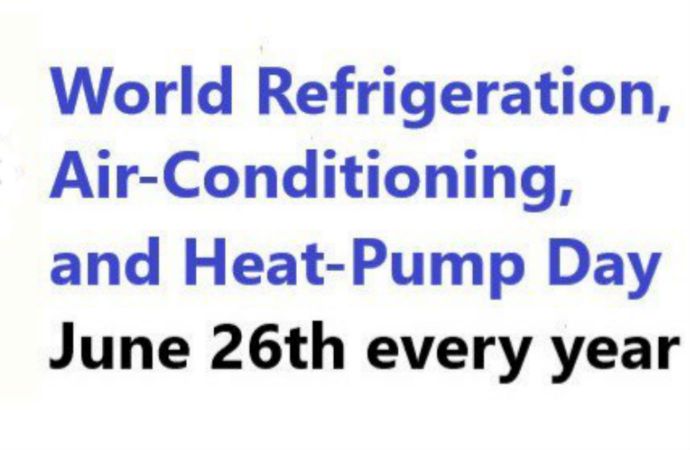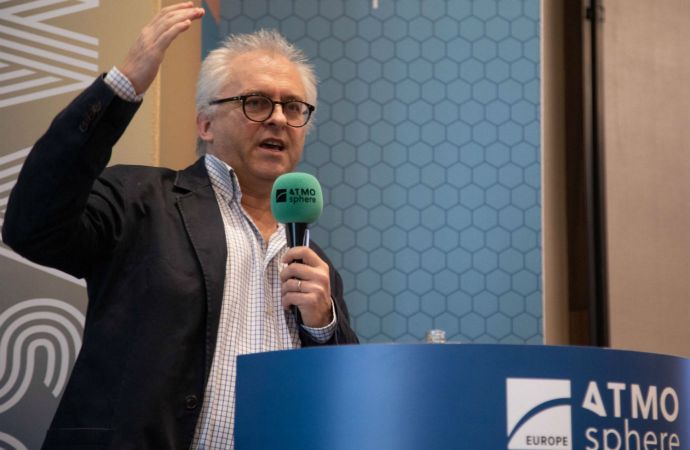New AHAM servicing guidelines signal transition to hydrocarbon-based home appliances used elsewhere in the world.

Home refrigerators that use hydrocarbons such as propane or isobutane are commonplace in many parts of the world – but not in North America.
However, this could be changing, as demonstrated by newly published guidelines from the Washington, D.C.-based Association of Home Appliance Manufacturers (AHAM) for the safe servicing of residential appliances with flammable refrigerants.
“The reason for the guidelines is that the industry is beginning to transition to a new category of refrigerants – non-HFC refrigerants and foams – that are more environmentally friendly and also widely used in Europe,” said AHAM spokesperson Sydney Henderson. “However, the new refrigerants require changes to the way they are serviced, so our guidelines were developed to educate U.S.-based appliance servicers that may be dealing with the products for the first time.”
The transition to hydrocarbons in home appliances should be accelerated by the Environmental Protection Agency’s newly proposed rule that would boost the charge limit of these refrigerants to 150 g from 57 g.
AHAM’s new guidelines, outlined in a white paper titled “Safe Servicing of Household Appliances with Flammable Refrigerants: Recommended Practices,” includes guidance on pre-service safety checks, leak detection and coolant-line repair, recharge and replacement of refrigerants, refrigerant removal and post-service procedures.
The home appliances impacted include refrigerators, freezers, ice makers, beverage coolers, room and portable air conditioners, and dehumidifiers. “The home appliance industry has already begun producing appliances that utilize these newer refrigerants,” said AHAM in a statement.
The guidelines added that transitioning to hydrocarbon appliances is “part of [the home appliance industry’s] continuing effort to manufacture the most energy efficient, environmentally friendly products.”
But given the flammability of hydrocarbons, “It is critical that those who service and maintain appliances that incorporate these refrigerants are familiar with this new guidance as these new refrigerants are introduced to the market,” AHAM said.
[T]he industry is beginning to transition to a new category of refrigerants – non-HFC refrigerants and foams – that are more environmentally friendly and also widely used in Europe.”
– Sydney Henderson, AHAM spokesperson
On a global basis, of the 100 million household refrigerators and freezers manufactured annually, about one-third or more use isobutane (R600a) or a similar refrigerant.
Growth in the U.S. market for hydrocarbon-based home refrigerators has heretofore been stunted by the EPA’s charge limit of 57 g. In Europe, the charge limit for hydrocarbons in home refrigerators is 150 g.
And though the EPA has approved the use of hydrocarbons in air conditioners – with a charge limit that is based on room size and LFL (lower flammability limit) parameters – propane-based air conditioners have yet to make a strong entrance into the North American market. However, the increased production of R290-based air-conditioning units in other parts of the world demonstrates how popular they are becoming globally.
In China, according to the country’s Ministry of Environmental Protection, manufacturers are expected to deliver 100,000 R290-based units this year. In India, manufacturer Godrej & Boyce has sold 350,000 R290-based split units since 2012.
Greenpeace, the environmental NGO, has long advocated for raising the hydrocarbon charge limit in the U.S. The group’s “GreenFreeze” technology – which uses hydrocarbons in domestic refrigeration rather than HFCs – has caught on around the world.
“North American charge limits should be immediately harmonized with international standards,” Janos Maté, a senior consultant in Greenpeace’s political business unit told Accelerate America in a September 2017 interview on GreenFreeze. “With nearly 1 billion hydrocarbon fridges in the world operating perfectly safely, why are North American consumers denied the right to purchase climate-friendly refrigerators?”
This article originally appeared in the November-December issue of Accelerate America.
Related stories




